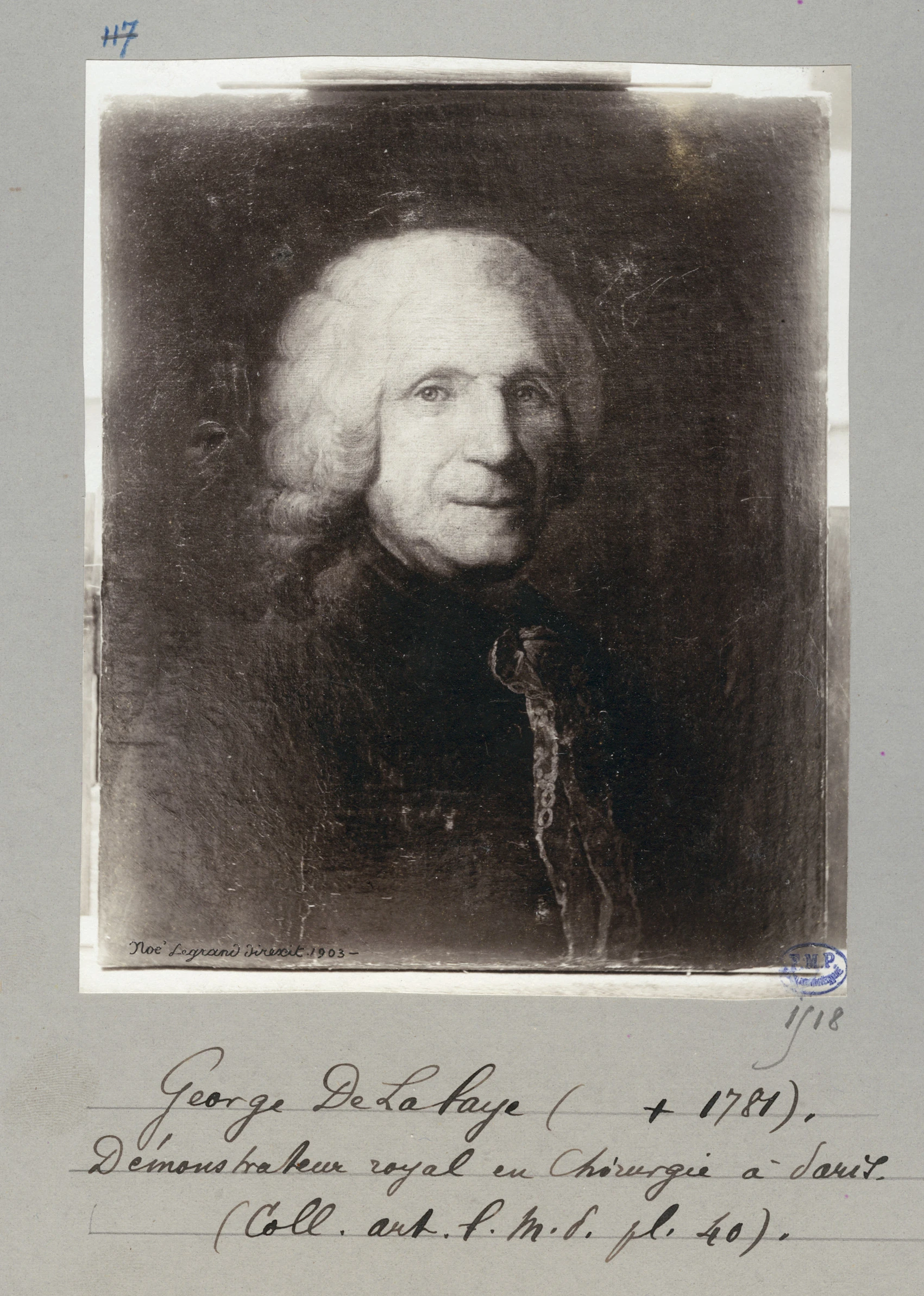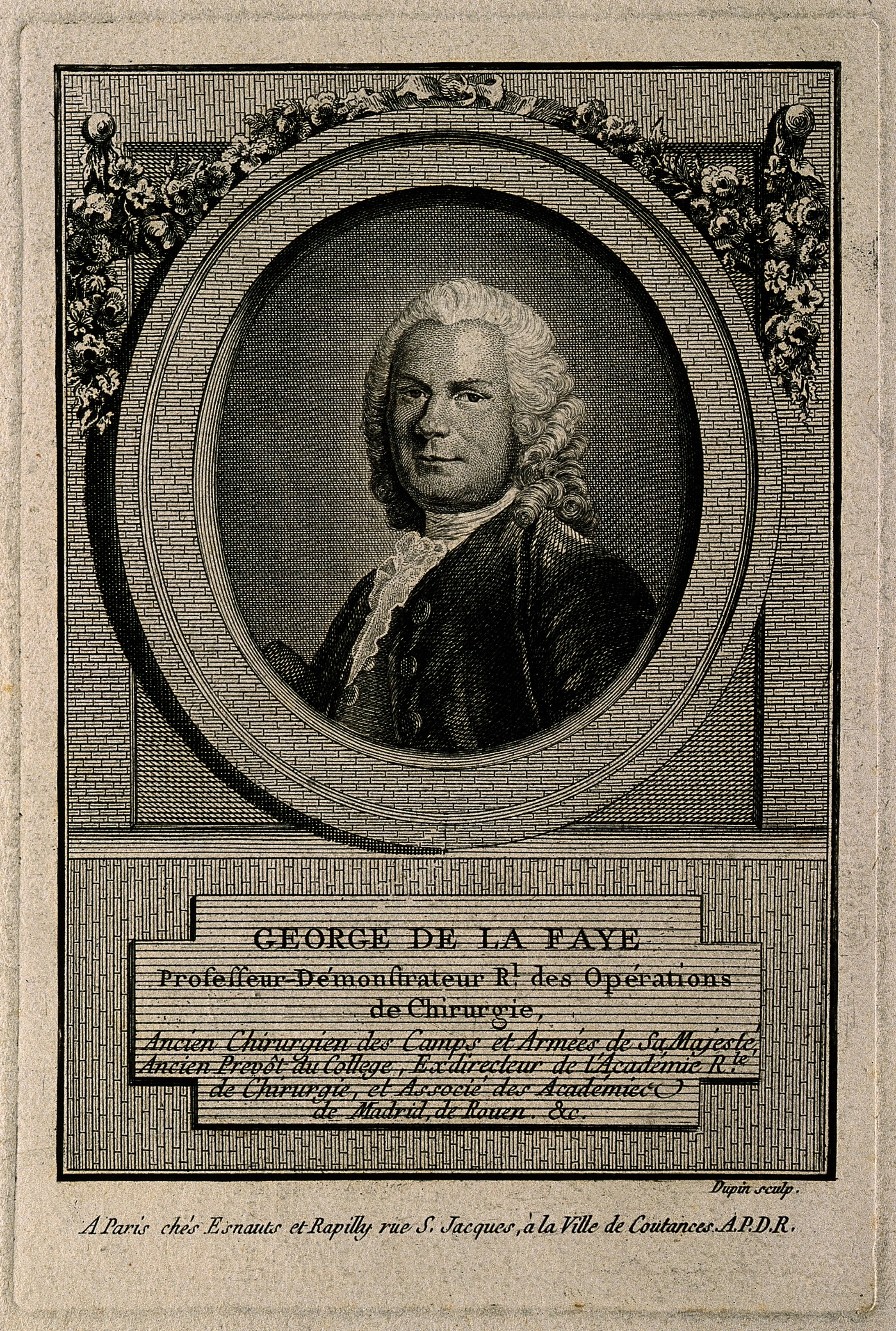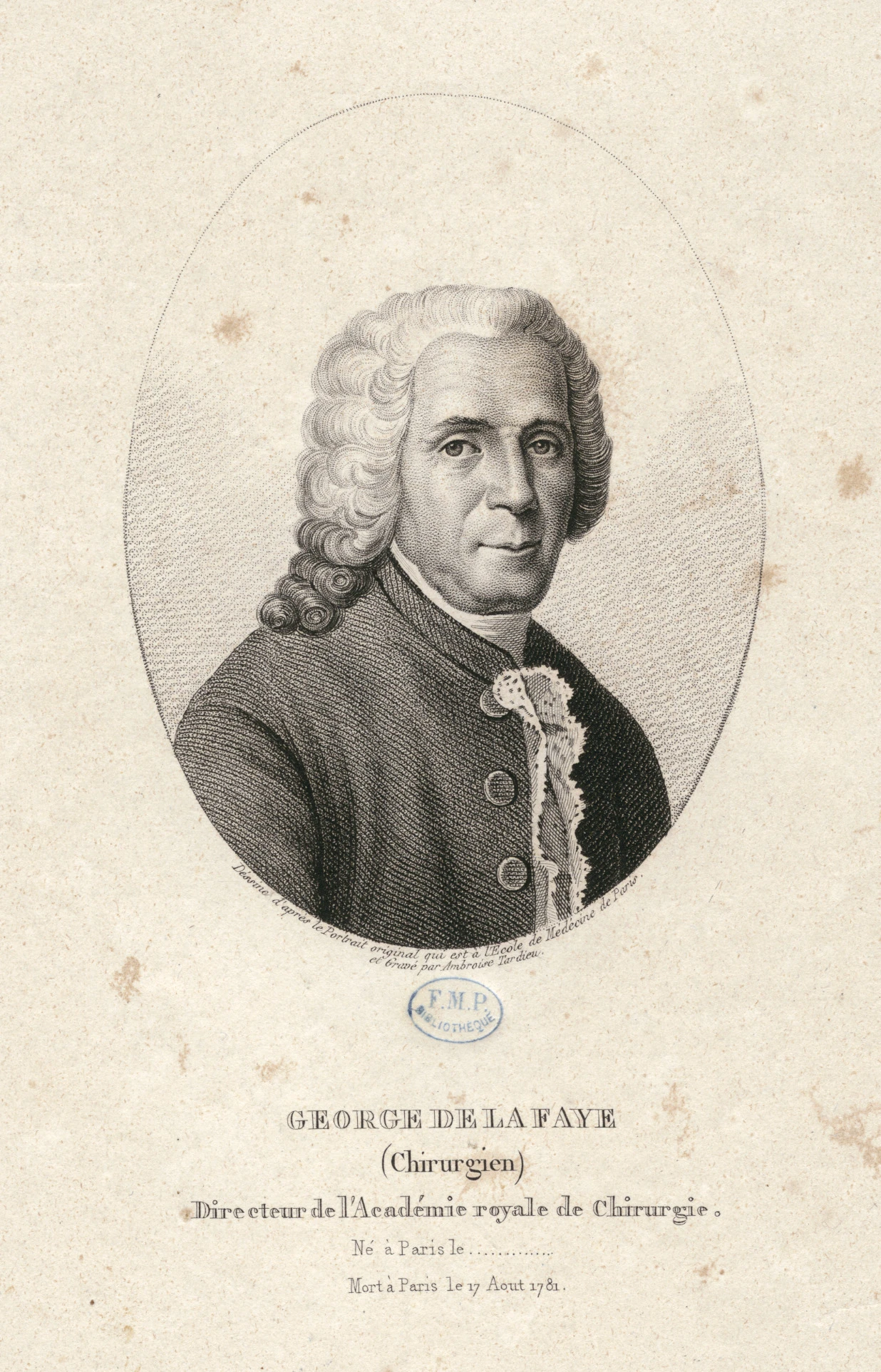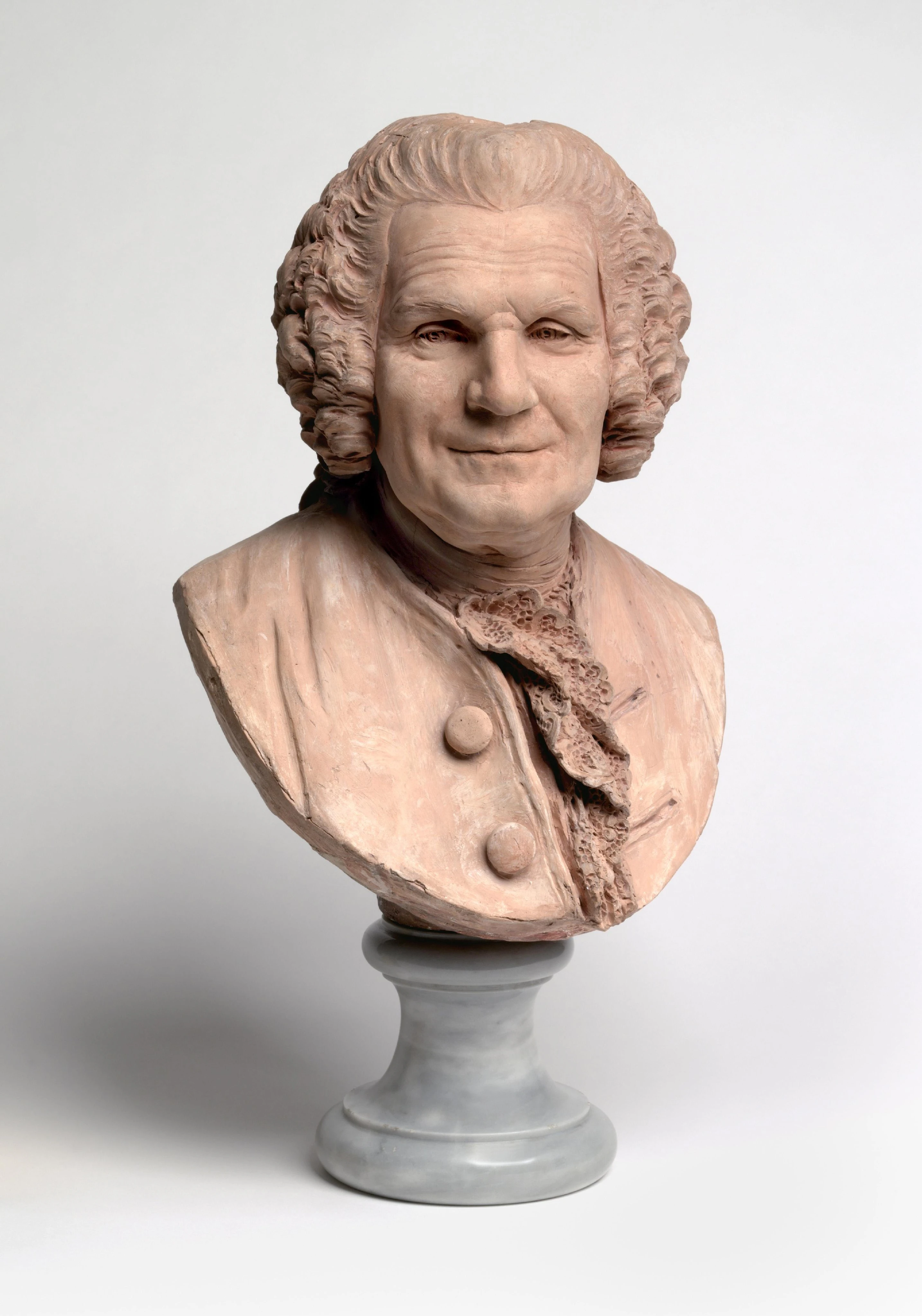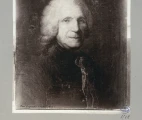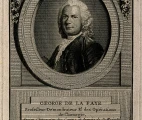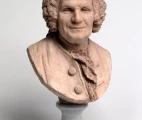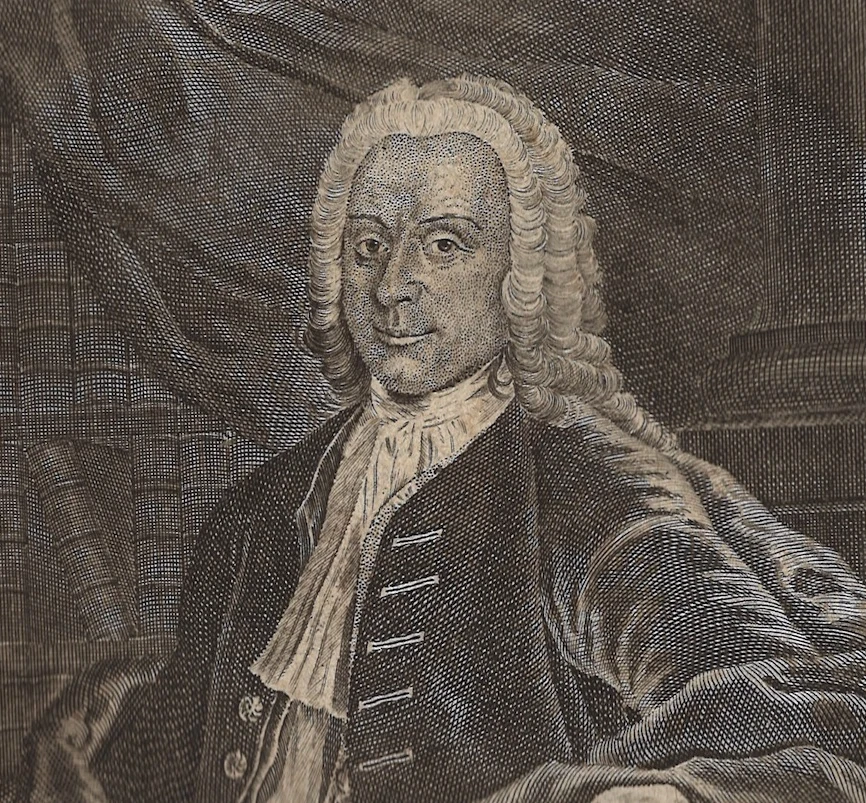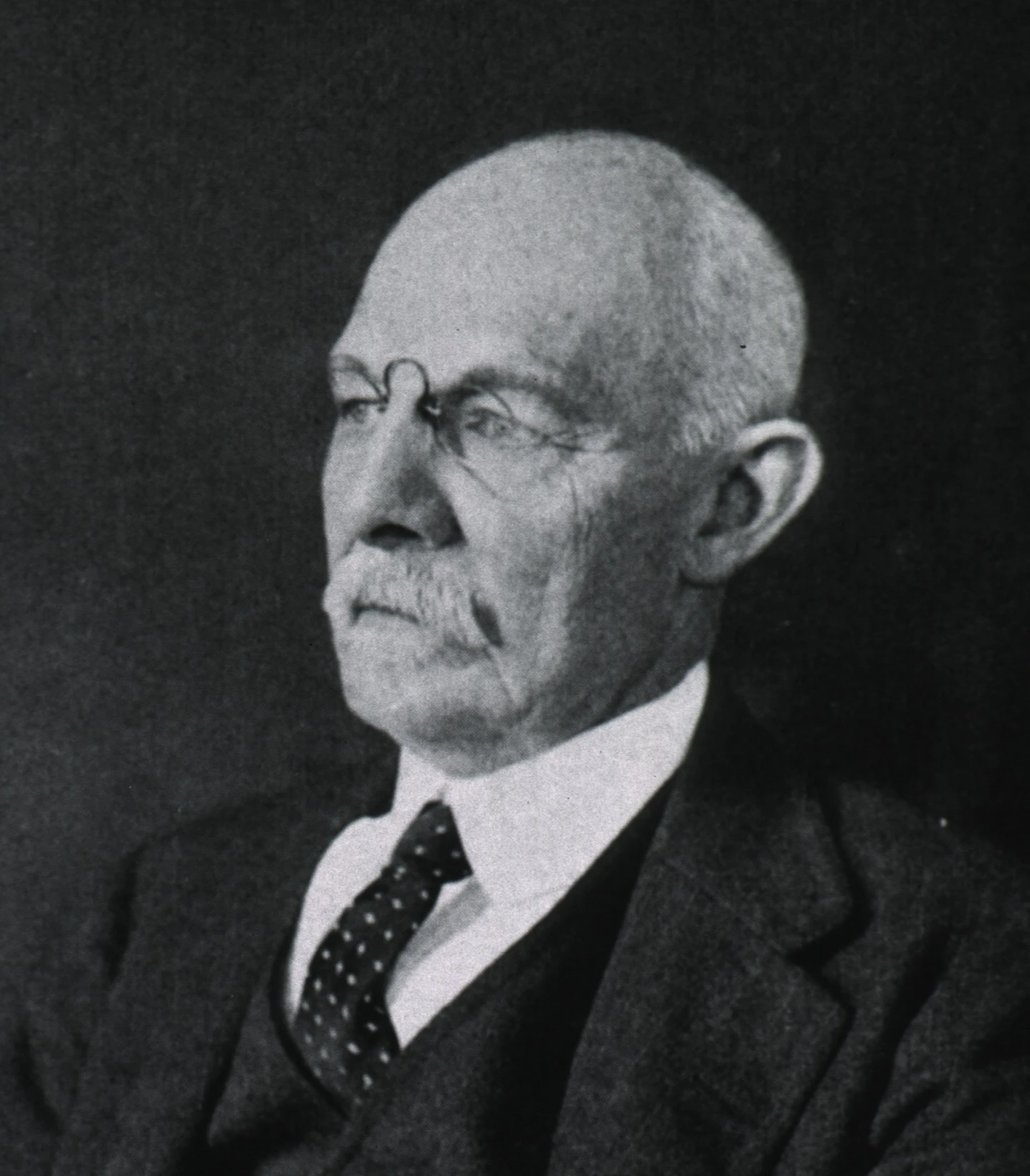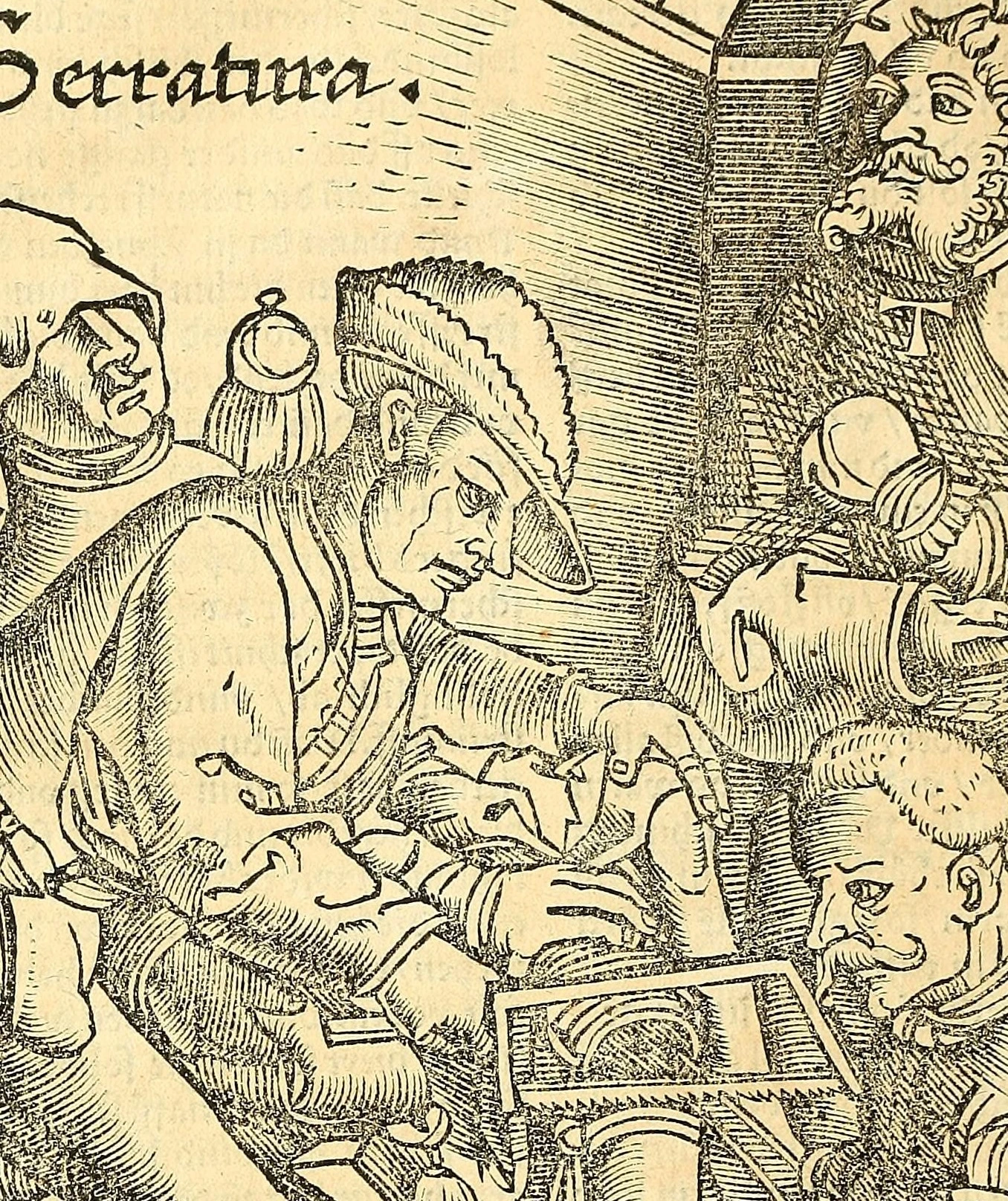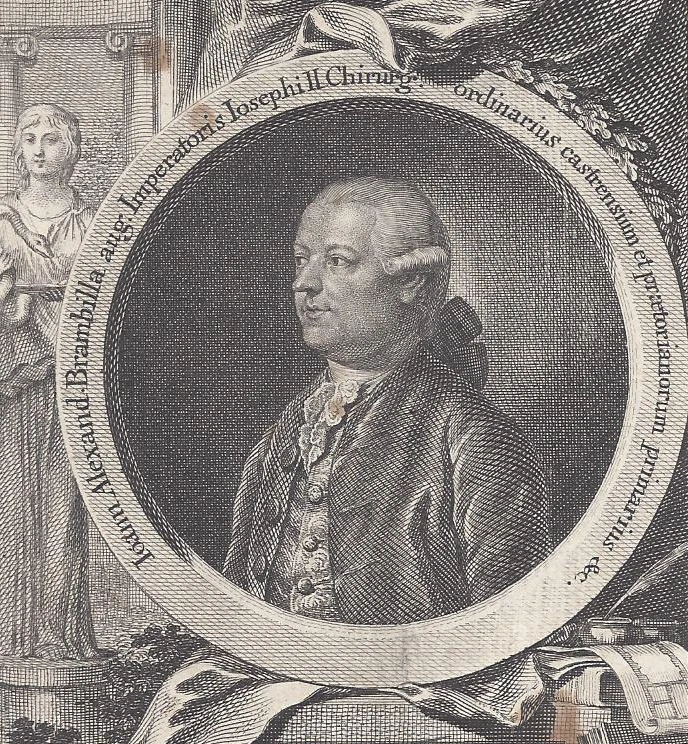La Faye, Georg de
Georges de La Faye (1699-1781), French surgeon, Principes de chirurgie. A student's notes of lectures at the Académie royale de Chirurgie in Paris, where La Faye was Démonstrateur.
Dr. La Faye was a distinguished French surgeon renowned for his significant contributions to the field of surgery during the 18th century. Born on October 10, 1699, in Paris, he dedicated his life to advancing surgical techniques and education.
One of La Faye's notable achievements was the introduction the cataract knife and cystotome, further advancing ophthalmic surgical procedures. The knife had a rounded cutting edge, which permitted the incision to be made without scissors. In addition to his innovations in surgical instruments, La Faye authored several influential texts that served as foundational resources for surgeons of his time. His works include "Cours d'opérations de chirurgie : démontrées au Jardin Royal" (1740), "Principes de chirurgie" (1762), and "Nouveaux principes de chirurgie" (1813). These publications provided comprehensive insights into surgical practices and were instrumental in shaping the education of future surgeons.
La Faye's contributions were recognized beyond the realm of medical literature. His legacy was immortalized through artistic representations, such as the line engraving by Dupin, which is part of the National Galleries' collection. Additionally, sculptor Jean-Jacques Caffieri created a bust of La Faye (in the collection of the Philadelphia Museum of Art), further acknowledging his impact on the medical community.
Georges de La Faye passed away on August 17, 1781 in Paris. His innovations in surgical techniques and education have left a lasting imprint on the field of surgery, reflecting his dedication to advancing medical knowledge and improving patient care.
